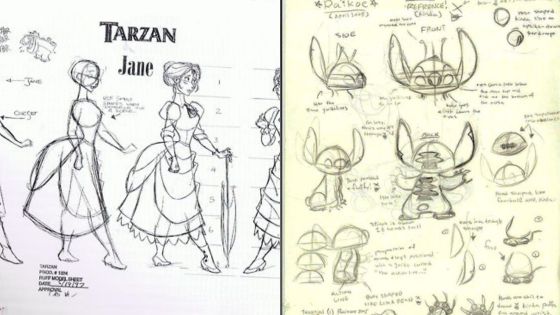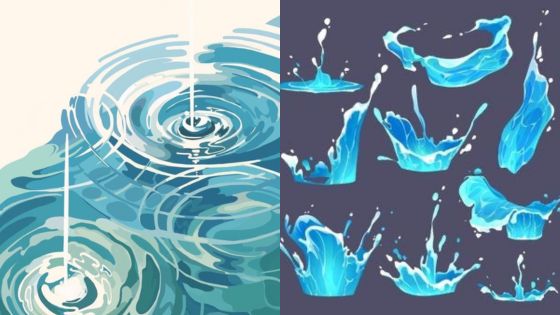Are you ready to dive into a vibrant world where imagination takes form on paper, where characters leap from your mind with expressive eyes and dynamic poses? Welcome to the thrilling realm of manga art! Learning the art of drawing manga characters is an incredibly rewarding journey, brimming with creative potential and endless fun. It’s more than just drawing; it’s about storytelling, emotion, and bringing unique personalities to life. Whether you dream of crafting your own epic narratives or simply want to sketch captivating figures, this beginner’s guide is your first exciting step. Get ready to unleash your inner artist and discover the magic behind those iconic Japanese illustrations!
Understanding the Manga Aesthetic

Manga, a Japanese term for comics and graphic novels, boasts a distinct visual language that has captivated audiences worldwide. Its aesthetic is instantly recognizable, characterized by an emphasis on expressive eyes, stylized hair, dynamic body language, and often, exaggerated facial expressions that convey a wide range of emotions. Unlike Western comics, manga often uses simplified lines to focus on the characters’ feelings and the story’s emotional core.
The beauty of manga lies in its versatility. From the action-packed shonen series to the romantic shojo, the eerie horror of psychological thrillers, or the slice-of-life narratives, the art style adapts to serve the genre. This adaptability is part of what makes drawing manga characters so engaging; there’s a style for every artist and every story. It’s an art form that prioritizes visual storytelling, often using panel layouts and speech bubbles in unique ways to enhance the narrative flow. Understanding these fundamental characteristics is your first step to truly embracing the style and making it your own.
Essential Tools and Materials for Your Manga Journey
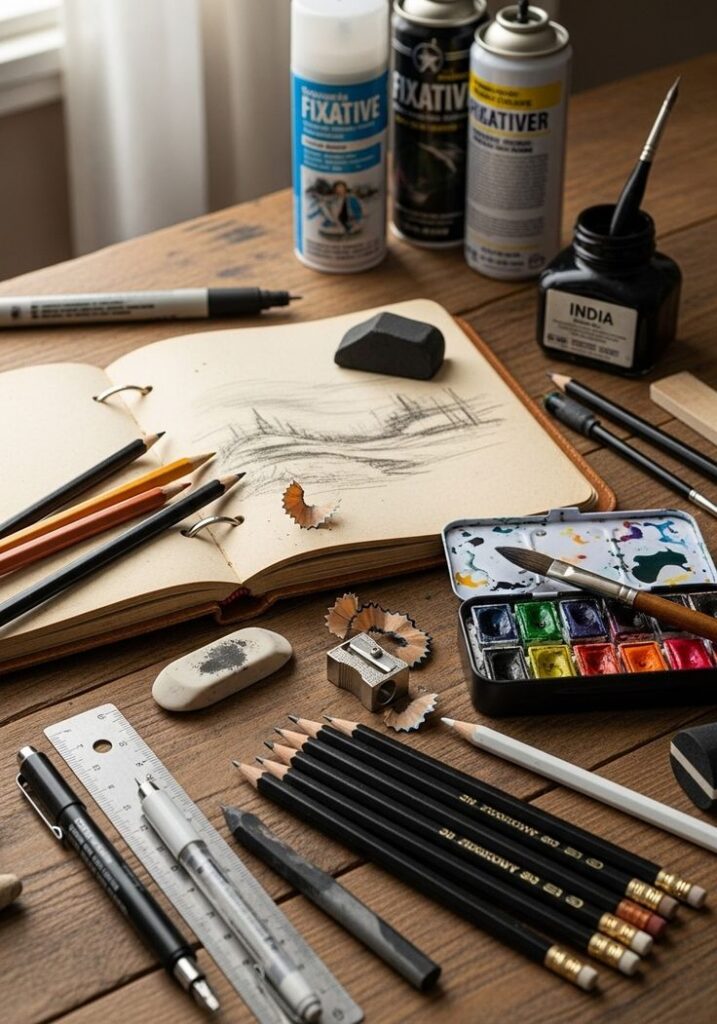
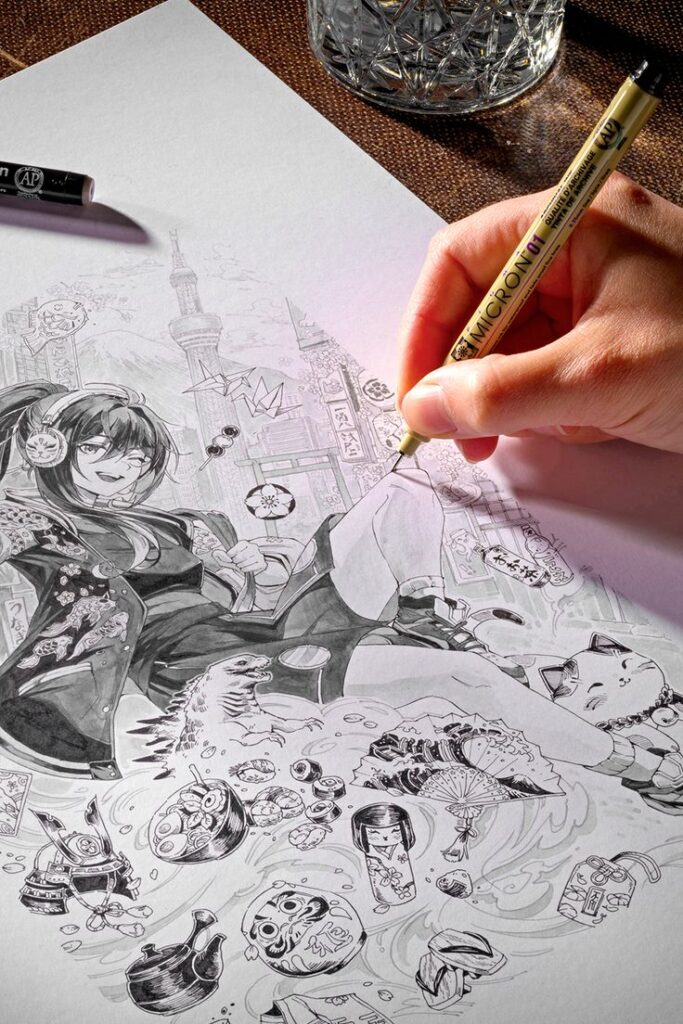
Before you can bring your vibrant characters to life, you’ll need the right arsenal of tools. Don’t worry, you don’t need a professional studio to begin! Both traditional and digital methods offer fantastic ways to learn and create.
Traditional Drawing Tools
For those who love the feel of pencil on paper, traditional tools are an excellent starting point:
- Pencils: A good set of graphite pencils (HB, 2B, 4B) will be your best friends for sketching and shading. HB is great for light construction lines, while 2B and 4B offer darker, richer lines for definition.
- Erasers: A kneaded eraser is fantastic for lifting graphite without damaging the paper, and a standard plastic eraser is essential for clean removal.
- Paper: Smooth, bright white paper (like bristol board or good quality printer paper) works well. Avoid heavily textured paper, as it can make inking difficult.
- Inking Pens: Fineliners (0.1mm, 0.3mm, 0.5mm) are perfect for clean line art. Brush pens offer more versatility, allowing for thick and thin lines, mimicking the look of traditional Japanese calligraphy.
- Markers/Watercolors: For adding color, alcohol-based markers (like Copic or Ohuhu) or watercolors can give your characters a professional finish.
Digital Drawing Tools
If you prefer the flexibility and undo button of the digital world, here’s what you’ll need:
- Drawing Tablet: A pressure-sensitive drawing tablet (like Wacom Intuos, Huion, or a display tablet like an iPad Pro with Apple Pencil) is crucial. The pressure sensitivity allows for natural line variation, mimicking traditional tools.
- Software: Popular choices for manga art include Clip Studio Paint (often considered the industry standard for comics and manga), Adobe Photoshop, Procreate (for iPad), and Krita (a free, open-source option). These programs offer layers, brushes, and tools specifically designed for line art, coloring, and paneling.
Each method has its charm. Traditional art gives you a tangible connection to your work and a unique texture, while digital art offers unparalleled flexibility, endless color options, and easy correction. Many artists find joy in a hybrid approach, sketching traditionally and then inking and coloring digitally. Choose what feels most comfortable and exciting for you!
Mastering Basic Anatomy and Proportions
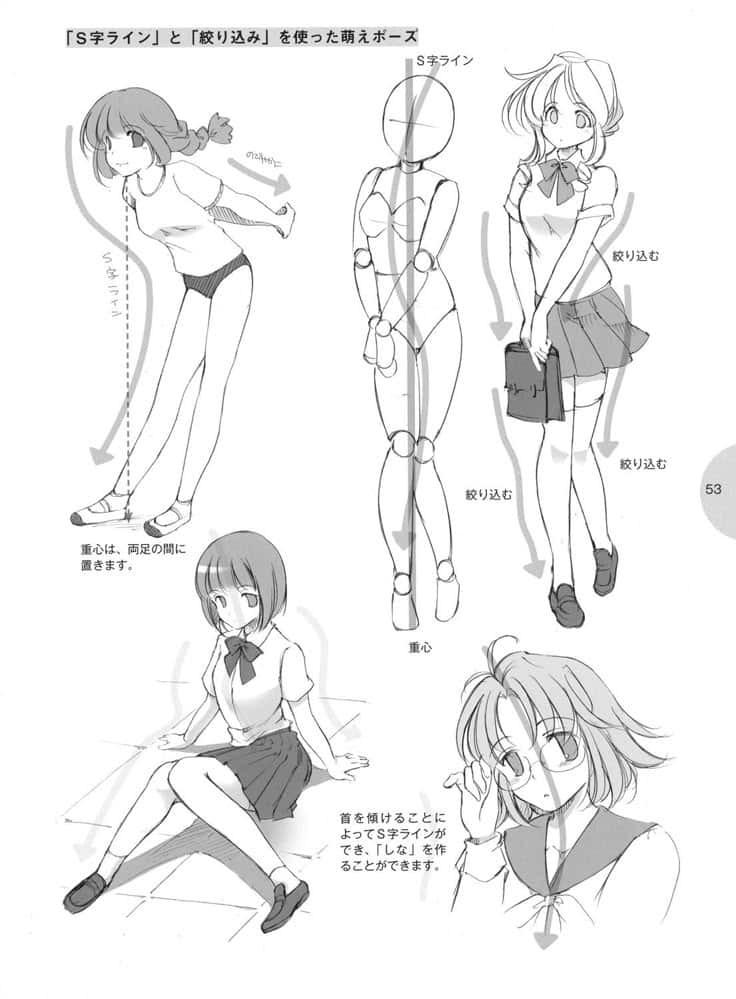

Even with the stylized nature of manga, a foundational understanding of anatomy and proportions is absolutely vital. Think of it as the skeleton beneath the skin; you might not always see it, but its presence dictates the character’s believability and dynamism. Without it, your characters can look stiff, unbalanced, or just “off.”
The Head: Your Character’s Core
Start with the head, as it’s often the focal point.
- The Sphere: Begin with a simple circle. This will form the top of the skull.
- The Jawline: Extend lines downwards from the sides of the circle, meeting at a point or a slightly rounded curve to form the chin and jaw. Manga faces can range from very round and soft to sharp and angular.
- Guidelines: Draw a vertical line down the center for symmetry and horizontal lines to place the eyes, nose, and mouth.
- Eye Line: Typically around the middle of the head (including the chin). This is a common point of stylistic variation in manga.
- Nose Line: Roughly halfway between the eye line and the chin.
- Mouth Line: Halfway between the nose line and the chin.
- Ears: Usually align with the eye line and the nose line.
Constructing the Body: Simple Shapes, Dynamic Poses
Don’t jump straight into drawing muscles and bones. Instead, break the body down into basic geometric shapes.
- Torso: A simple box or cylinder can represent the rib cage and pelvis. Connect them with a flexible “spine” line.
- Limbs: Cylinders or elongated ovals work wonders for arms and legs. Spheres can represent joints (shoulders, elbows, knees).
- Hands and Feet: While often simplified, understanding their basic block shapes helps tremendously. Start with a mitten shape for hands and a wedge for feet.
Proportions are Key: Manga characters often have elongated limbs and smaller heads compared to realistic human proportions, especially in shojo styles. A common guideline is the “head unit” system:
- Adult Characters: Typically 7 to 8 heads tall.
- Teen Characters: Around 6 to 7 heads tall.
- Chibi/Young Characters: Can be 2 to 4 heads tall, emphasizing cuteness.
Always start with a light sketch using simple shapes and guidelines. This framework allows you to adjust proportions and poses before committing to details. For more in-depth guidance on drawing the human form, consider exploring resources like this body drawing tutorial to strengthen your understanding of anatomy. The clearer your underlying structure, the more natural and expressive your manga characters will become.
The Art of Manga Faces: Eyes, Hair, and Expressions
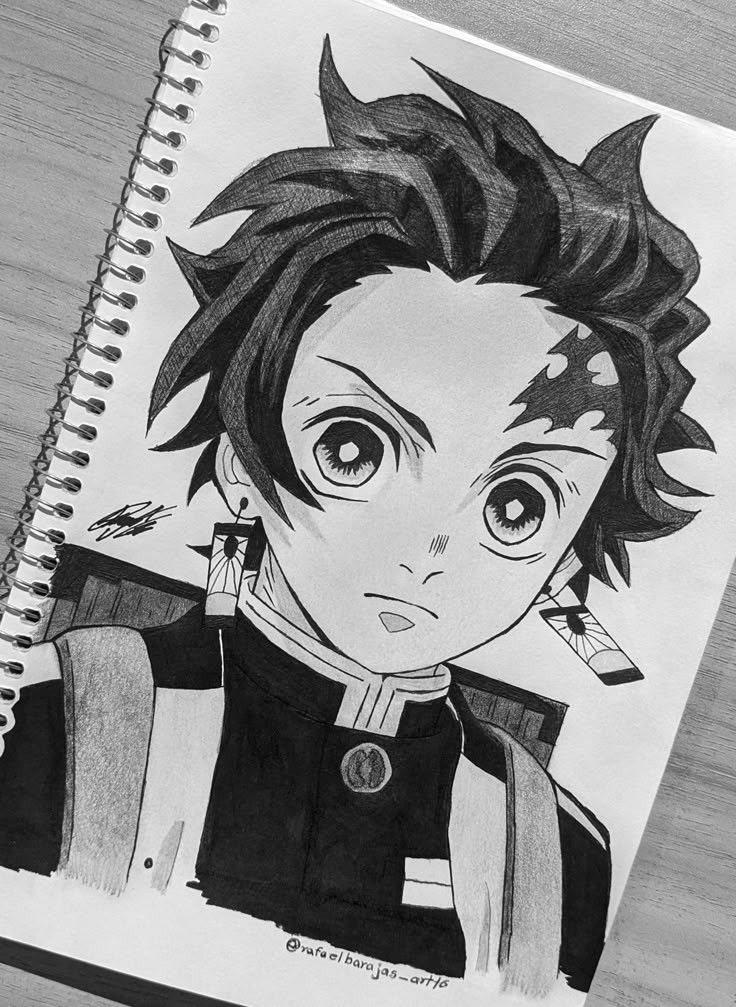
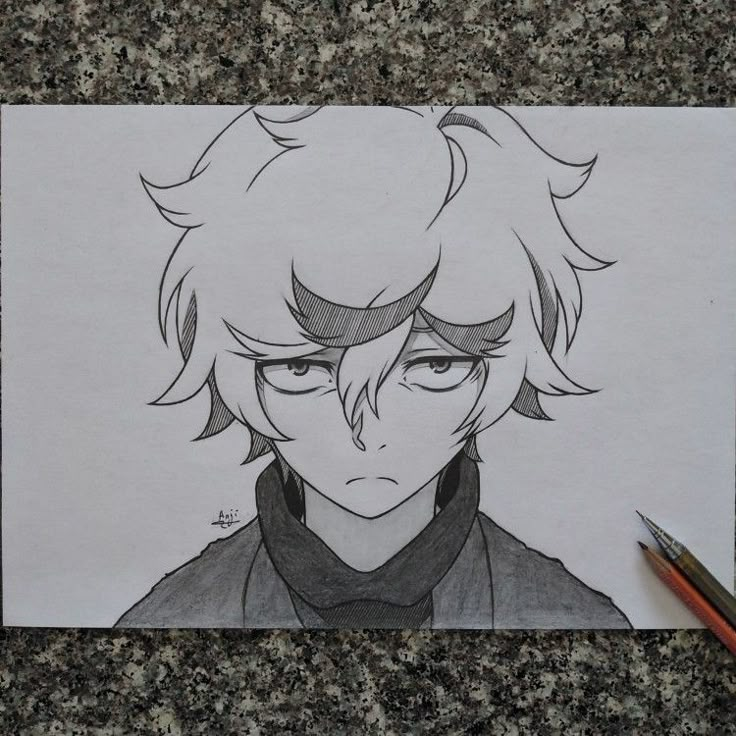

The face is arguably the most captivating element of a manga character. It’s where personality truly shines, and specific features like eyes and hair play an enormous role in defining a character’s look and mood.
The Soulful Eyes

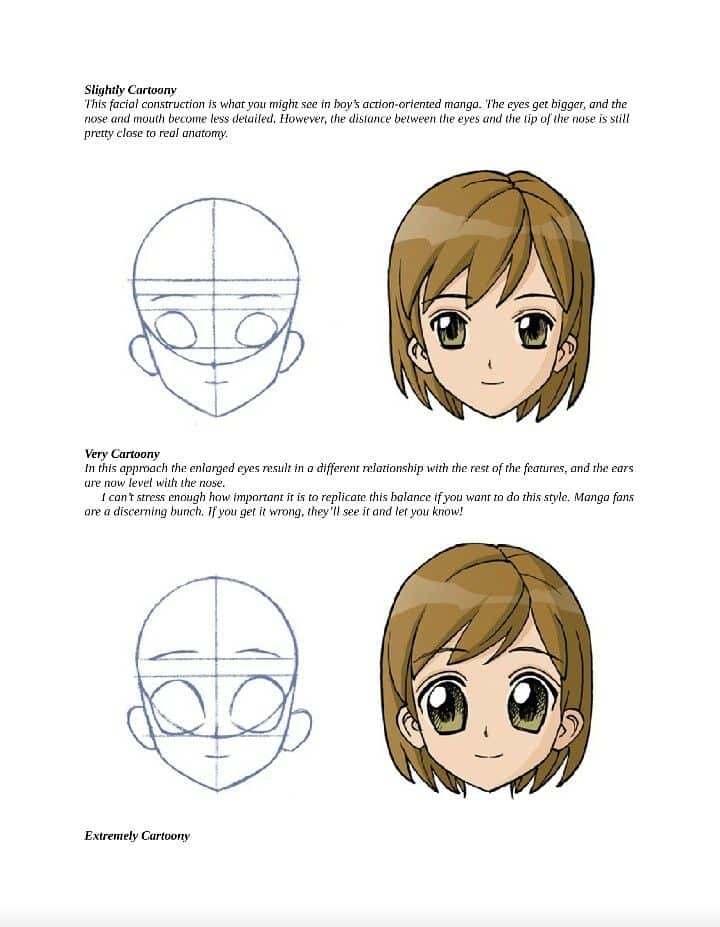
Manga eyes are iconic. They are typically larger and more expressive than in realistic art, capable of conveying a vast spectrum of emotions.
- Shape and Size: Eyes can be large and round for innocence, narrow and sharp for cunning, or half-closed for indifference. The shape alone tells a story.
- Highlights: These are crucial! Bright white reflections, often multiple, give the eyes sparkle and life. Their placement can even indicate the lighting source.
- Irises and Pupils: Often large and detailed, they can feature intricate patterns or gradients.
- Eyelashes and Brows: Eyelashes are usually prominent, especially for female characters. Eyebrows, though sometimes simplified, are vital for conveying emotions like anger (furrowed), surprise (raised), or sadness (arched downwards).
Practice drawing various eye shapes and expressions. You’ll find that slight changes in the curve of an eyelid or the size of a pupil can drastically alter a character’s mood. For a deeper dive into mastering this essential feature, check out resources like this anime eyes drawing guide.
Noses and Mouths: Subtle but Significant
Compared to the eyes, manga noses and mouths are often simplified, allowing the eyes to dominate.
- Noses: Can be a small dot, a subtle line, a tiny triangle, or a more defined shape depending on the style and character. They are rarely as prominent as in Western illustration.
- Mouths: Crucial for expressions. A simple curve can indicate happiness, a downturned line sadness, and a jagged line anger. They can also be stylized to show shouting, smiling widely, or pouting. When closed, they are often just a single line.
Hair: Flow, Volume, and Personality

Manga hair is a world unto itself! It’s rarely realistic, instead opting for stylized clumps and flowing strands that add to a character’s dynamism and personality.
- Volume: Manga hair tends to have a lot of volume, often defying gravity. Think about the overall silhouette and how it frames the face.
- Flow: Rather than drawing individual strands, think about the movement and direction of hair in larger sections or “chunks.”
- Stylization: Experiment with spikes, curls, braids, bangs, and unique cuts. Hair can reveal a lot about a character – a neat, tidy style might suggest a disciplined personality, while wild, spiky hair could mean impulsiveness.
- Highlights: Add simple, bold highlights to suggest shine and texture, making the hair look vibrant.
By mastering these facial elements, you’ll infuse your manga characters with compelling expressions and distinct personalities, making them truly unforgettable.
Bringing Characters to Life: Poses and Gestures
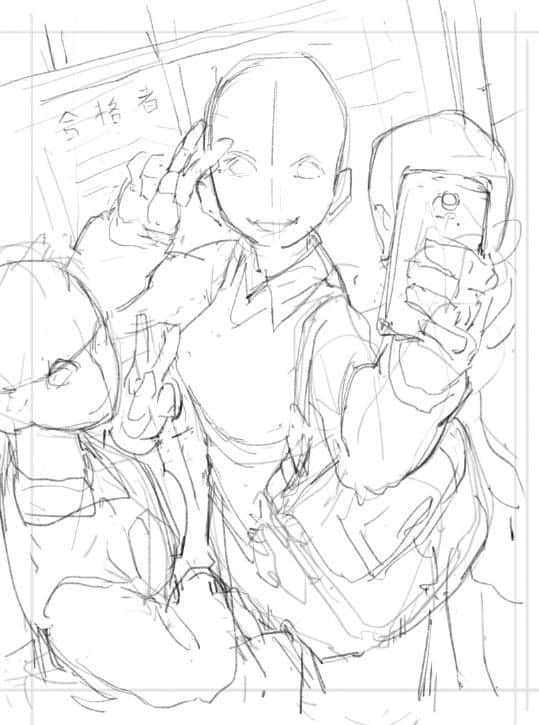

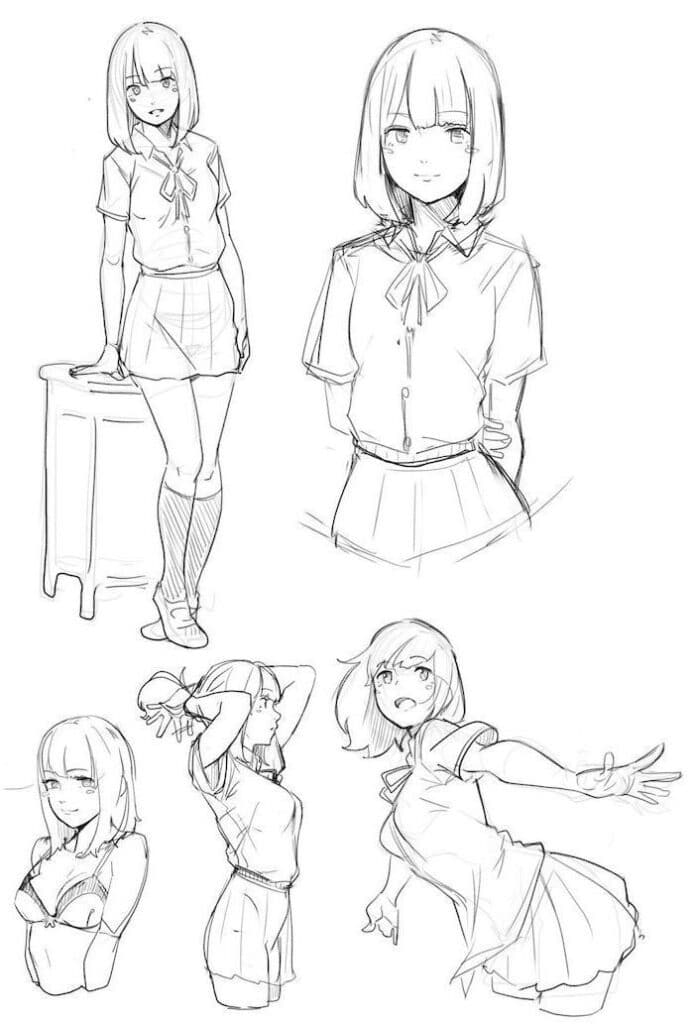
A character standing still is often less engaging than one caught in a dynamic pose or gesture. In manga, conveying movement, emotion, and personality through body language is paramount. This is where your understanding of anatomy and proportions truly comes into play.
Dynamic Poses and the Line of Action
Forget stiff, symmetrical stances. Manga thrives on dynamism!
- Line of Action: This is an imaginary curved line that runs through the main axis of your character’s body, conveying their energy and direction. Always start your pose sketches with a strong line of action. For example, a character running might have an S-curve, while a powerful punch could follow a C-curve.
- Contrapposto: Even for standing poses, a slight shift in weight, with one hip higher than the other, and opposing shoulders, creates a natural, relaxed, and dynamic look.
- Exaggeration: Don’t be afraid to exaggerate poses to amplify emotion or action. A character jumping might be extremely arched, or a character recoiling in fear might be heavily hunched.
Conveying Personality Through Posture
Every character has a unique way of holding themselves.
- Confident: Upright posture, open gestures, hands on hips.
- Shy: Hunched shoulders, arms crossed, looking down.
- Aggressive: Leaning forward, clenched fists, sharp angles.
Think about your character’s traits and how they would naturally express them through their body. This adds depth beyond just their design.
The Challenge of Hands and Feet
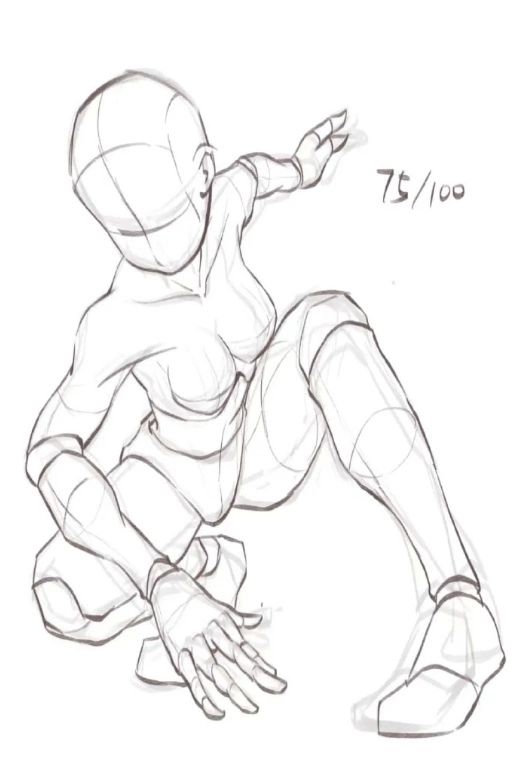

Hands and feet are often considered the most difficult parts of the body to draw, and manga is no exception. However, there are ways to approach them:
- Simplify: Break them down into basic shapes. For hands, think of a palm block and finger cylinders. For feet, a wedge or trapezoid.
- Gestures: Focus on the overall gesture of the hand rather than meticulously drawing every knuckle. Are they clenching, pointing, waving, or relaxed?
- Reference: Use your own hands and feet as references! Take photos or look in a mirror. This is invaluable.
- Proportion: Ensure hands are roughly the size of the face and feet are proportionate to the lower leg.
Folds in Clothing: Adding Realism and Movement
Clothing isn’t just a flat covering; it drapes, wrinkles, and folds in response to gravity, movement, and the body underneath.
- Tension Folds: Appear where fabric is stretched tight (e.g., across a bent knee or elbow).
- Compression Folds: Occur where fabric bunches up (e.g., at armpits or the inside of a bent elbow).
- Pipe Folds: Long, tubular folds often seen on flowing fabric or sleeves.
By observing how real fabric behaves and applying these principles, your characters’ clothing will look natural and enhance their poses. To further refine your understanding of depicting figures in motion, explore tutorials on drawing poses to master the nuances of dynamic body language.
Developing Your Character’s Unique Style
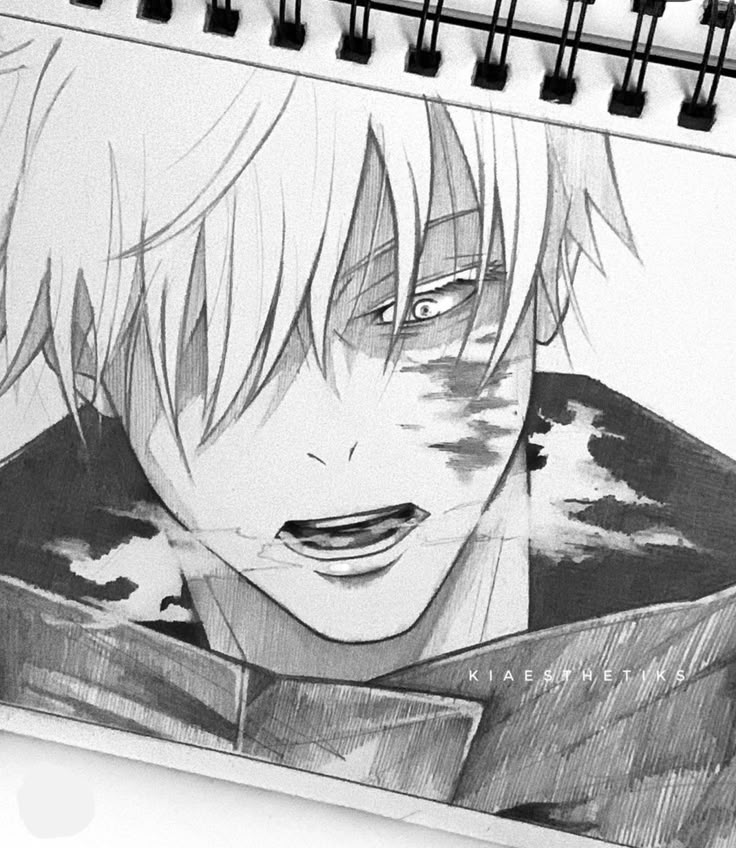
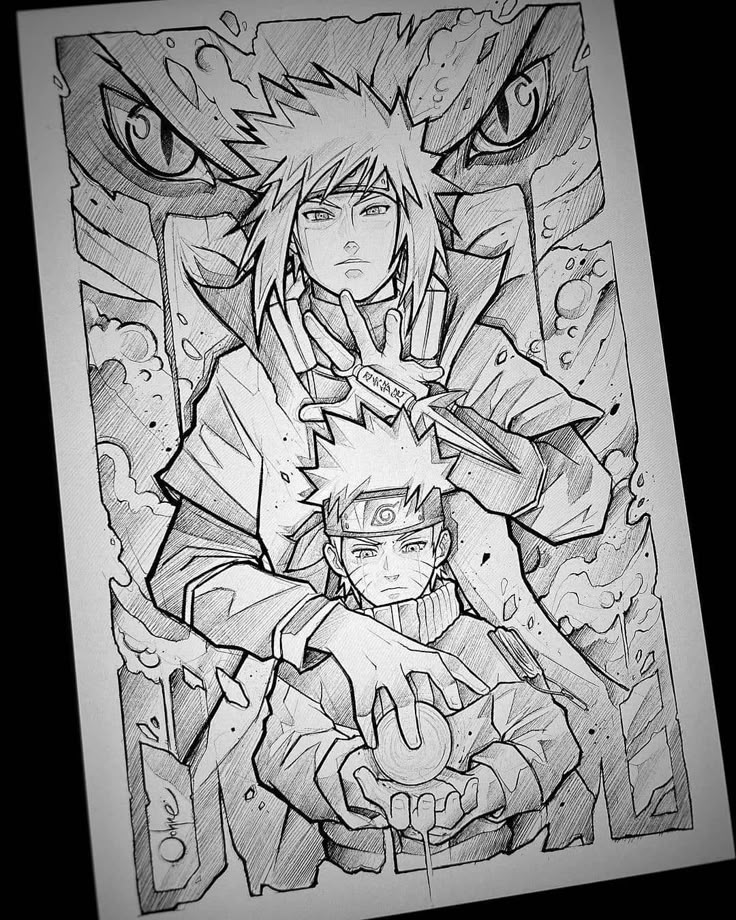
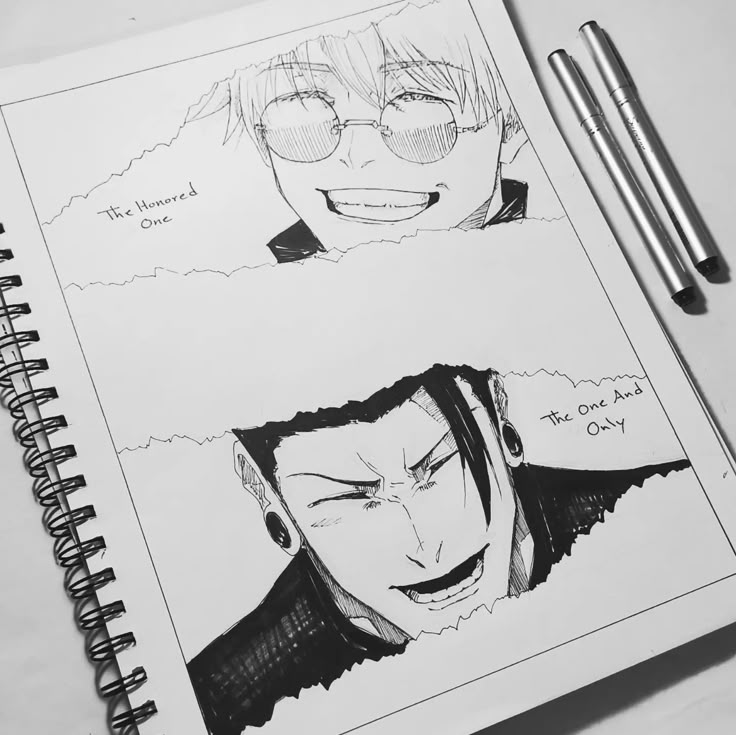
While learning the fundamentals of manga art often involves imitating existing styles, the ultimate goal for any artist is to find their own voice. Developing a unique style is a journey of experimentation, self-discovery, and persistent practice. It’s what will make your characters truly stand out.
Beyond Imitation: Finding Your Voice
- Experiment with Proportions: Don’t stick rigidly to established proportions. What if your characters have slightly longer legs, smaller heads, or more pronounced features? Play around with these elements.
- Vary Line Art: Do you prefer thick, bold lines, or delicate, thin ones? What about varying line weight to suggest depth and emphasis? Explore different inking techniques.
- Explore Coloring Techniques: Try cell-shading, soft blending, watercolor effects, or even a monochromatic palette. How do different coloring choices impact the mood of your character?
- Mix Influences: Don’t limit yourself to just manga. Look at Western comics, traditional art, animation, fashion design, or even architecture. How can elements from these different sources inspire a fresh take on your manga style? The best styles are often a unique fusion of various inspirations.
Reference Materials: Learn, Adapt, Create


Reference is not cheating; it’s learning.
- Real Life: Observe people, animals, objects, and environments around you. How do clothes wrinkle? How does light fall on different surfaces? How do people genuinely express emotions?
- Other Artists (for Inspiration): Study the work of artists you admire. Analyze why you like their style. Is it their line work, their color choices, their character designs? Then, take those lessons and apply them to your own work in your unique way. Never directly copy.
- Mood Boards/Vision Boards: Create collections of images that inspire you – colors, clothing, hairstyles, facial expressions, artistic techniques. This can help you refine your aesthetic. For ideas on creating such a resource, consider looking into guides on how to make your own aesthetic vision board. This practice helps solidify your creative direction and keeps your inspiration flowing.
Storytelling Through Character Design
A character’s design should tell a story before they even utter a word.
- Silhouette: Can you recognize your character purely by their outline? A strong, distinct silhouette makes a character memorable.
- Costume and Props: What do their clothes, accessories, or personal items say about their personality, background, or role in a story?
- Color Palette: Do their colors reflect their mood, powers, or allegiance? For instance, warm colors for energetic characters, cool colors for calm ones.
Developing your style takes time and patience. It’s not about achieving perfection overnight, but about consistent effort and a willingness to experiment. Every drawing, even the “bad” ones, is a step closer to defining your unique artistic voice.
Inking and Coloring: Adding Depth and Polish

Once your character sketch is complete, inking and coloring are the stages where your drawing truly comes to life, gaining definition, depth, and a vibrant personality. These steps transform a rough idea into a polished piece of art.
The Art of Inking
Inking is essentially tracing your pencil sketch with permanent lines, creating the final line art.
- Cleanliness is Key: Aim for smooth, confident strokes. Take your time, and don’t be afraid to rotate your paper or canvas to find the most comfortable angle for your hand.
- Line Weight Variation: This is where things get interesting! Varying the thickness of your lines adds depth and visual interest.
- Thicker Lines: Use for outlines of major forms (e.g., the entire character silhouette), areas in shadow, or elements closer to the viewer.
- Thinner Lines: Use for internal details (e.g., hair strands, fabric folds, facial details) or elements further away.
- Dynamic Lines: A slightly thicker line at the start or end of a stroke can suggest movement or pressure.
- Traditional Inking: Requires a steady hand, using fineliners, brush pens, or dip pens. Practice makes perfect, and learning to control the ink flow is crucial.
- Digital Inking: Benefits from stabilization tools in software that help smooth out shaky lines. You can easily adjust line thickness after drawing and erase mistakes without damaging the underlying layers.
Basic Coloring: Flats and Shading
Color brings emotion, atmosphere, and visual appeal to your manga characters.
- Flats (Base Colors): Start by laying down the solid, unshaded base colors for each area of your character (skin, hair, clothes, eyes). Keep these on separate layers if you’re working digitally – it makes shading much easier.
- Shading (Form and Depth): Shading adds dimension, making your character look less flat.
- Cell Shading (Cel Shading): The most common style in manga and anime. It involves distinct, hard-edged blocks of shadow with no blending. It’s clean, bold, and effective. Choose a single light source and apply shadows consistently.
- Soft Shading: Involves blended shadows, often using gradients or soft brushes, to create a more realistic or painterly effect. This adds a softer, more atmospheric touch.
- Highlights: Don’t forget highlights! These are small, bright areas where light directly hits your character, giving them a polished, vibrant look.
Color Theory Basics
A little understanding of color theory goes a long way:
- Warm Colors (Reds, Oranges, Yellows): Tend to pop forward and evoke energy, warmth, or aggression.
- Cool Colors (Blues, Greens, Purples): Tend to recede and evoke calmness, mystery, or sadness.
- Complementary Colors: Colors opposite each other on the color wheel (e.g., red and green, blue and orange). Used together, they create high contrast and vibrancy.
- Analogous Colors: Colors next to each other on the color wheel (e.g., blue, blue-green, green). They create harmonious and calm palettes.
Experiment with different color palettes to see how they change the mood of your character. Digital tools make this process incredibly flexible, allowing you to try endless combinations without commitment. Whether traditional or digital, inking and coloring are the final touches that make your manga characters truly shine!
Practice and Persistence: The Journey of a Manga Artist
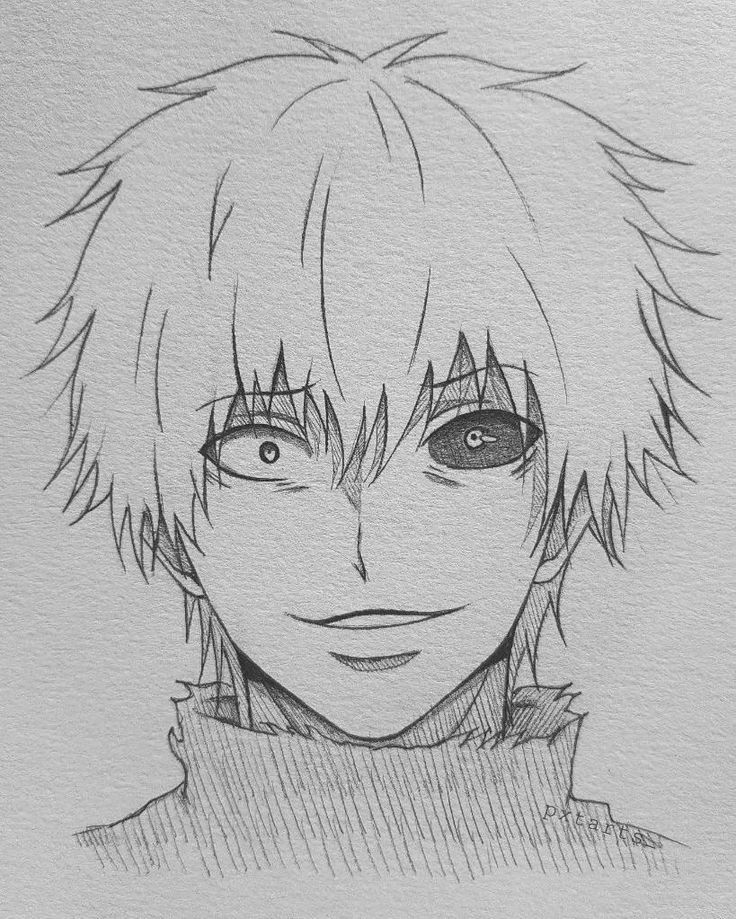
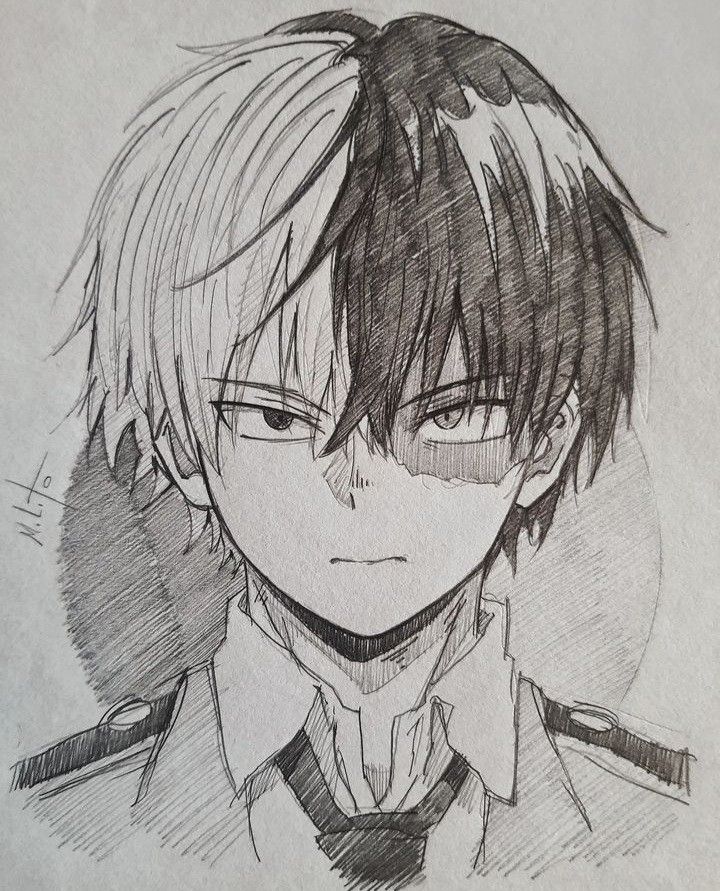
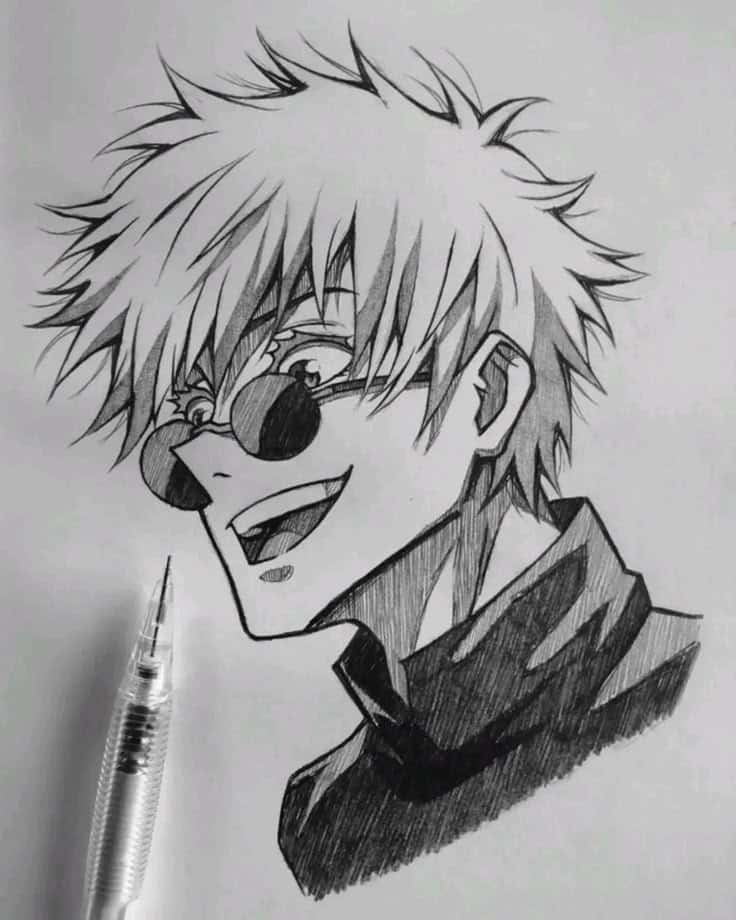
Learning to draw manga characters is not a destination, but a continuous journey of growth, experimentation, and boundless fun. Like mastering any skill, consistency and perseverance are your most powerful tools. There will be days when your drawings don’t turn out as you envisioned, and that’s perfectly normal! Every line you draw, every mistake you make, brings you closer to improvement.
Consistency is Key
- Draw Daily: Even if it’s just a 15-minute sketch session. Regular practice builds muscle memory, improves your observational skills, and keeps your creative momentum going.
- Sketchbook Habit: Carry a sketchbook everywhere! You never know when inspiration will strike. Sketch people on the bus, objects in a cafe, or just doodle ideas as they come to mind. This helps you to embrace the joy of simple drawing.
- Focus on Fundamentals: Don’t neglect the basics. Continually practice anatomy, perspective, and composition. These are the bedrock upon which all great art is built.
Draw from Life and Imagination
- Life Drawing: Observing and drawing real people, animals, and objects helps you understand forms, shadows, and how things actually look. Even if your goal is stylized manga, this realism grounds your art.
- From Imagination: Once you have a strong understanding of fundamentals, you can twist and exaggerate them to create unique characters and worlds purely from your mind. This is where manga truly shines.
Join Communities and Seek Feedback
- Online Platforms: Websites like DeviantArt, Instagram, ArtStation, or even dedicated drawing forums are fantastic places to share your work, see what others are doing, and connect with fellow artists.
- Constructive Criticism: Don’t be afraid to ask for feedback! A fresh pair of eyes can often spot areas for improvement that you might have missed. Be open to criticism, but also learn to discern helpful advice from unhelpful comments.
- Learn from Others: Follow artists whose work you admire. Analyze their techniques and drawing processes. Many artists share tutorials or speed paints that can offer valuable insights.
Embrace Mistakes as Learning Opportunities
Every artist, no matter how experienced, makes mistakes. The key is how you respond to them.
- Analyze: Instead of getting discouraged, ask yourself: What went wrong? Why does this look off?
- Adjust: Try to fix it. If it’s too far gone, start a new drawing with the lessons learned from the previous one.
- Growth Mindset: See each drawing as an experiment and a stepping stone. Your artistic journey is about continuous learning and evolution.
Set achievable goals, celebrate small victories, and most importantly, enjoy the process! The more you immerse yourself in drawing manga characters, the more your skills will blossom, and the more incredible worlds you’ll be able to create.
Your Creative Journey Starts Now!

Congratulations! You’ve taken the first exciting steps into the captivating world of drawing manga characters. From understanding the core aesthetic and gathering your essential tools to mastering fundamental anatomy, bringing faces to life, crafting dynamic poses, and ultimately developing your own unique style, you now have a comprehensive roadmap. Remember, manga art is a celebration of creativity, emotion, and storytelling, and your personal touch is what will make your characters truly special.
The most crucial ingredient for success isn’t innate talent, but passion and persistence. Every line you draw, every character you imagine, is a step forward in your artistic evolution. Don’t be afraid to experiment, to make mistakes, and to constantly seek inspiration from the world around you. Your journey as a manga artist is a thrilling adventure waiting to unfold, filled with endless possibilities. So grab your pencils or stylus, open your sketchbook, and start bringing your incredible manga characters to life today! The world is eager to see what you create.
- 0shares
- Facebook0
- Pinterest0
- Twitter0
